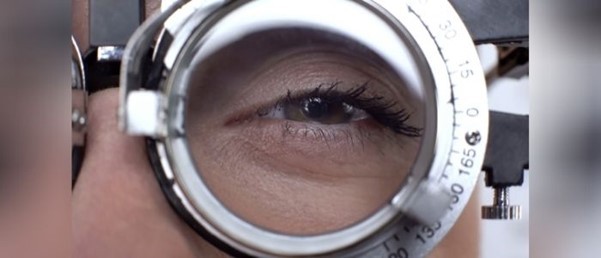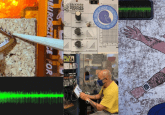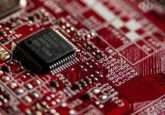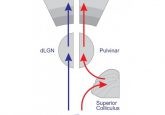Making gel electrophoresis more accessible for the visually impaired

Refer a colleague
The precise task of loading samples into wells for gel electrophoresis has been made simpler and more accessible for researchers with low visual acuity. Loading samples into a polyacrylamide gel for electrophoresis is a quotidian task for many lab-based researchers. It is also a pain in the neck. Tiny wells are separated by delicate merlons in the crenelations at the top of the gel – merlons that are far too easily destroyed by a careless pipette tip. The slightest misplacement or involuntary jerk at the wrong moment can lead to a tear in the gel, rendering it useless. To make...
To view this content, please register now for access
Join our member community for FREE to access a collection of journal and online-only features, including:
- Exclusive access to educational videos, eBooks and insights into top BioTechniques journal articles
- The latest news and journal updates delivered straight to your inbox when you want it
- Personalized recommendations for the latest member-exclusive podcasts, interviews and expert opinions
- Priority registration to webinars, panel discussions and events
- Access to competitions and journal publication discounts, including 10% off open access fees when you sign up today!
Please enter your username and password below, if you are not yet a member of BioTechniques remember you can register for free.





